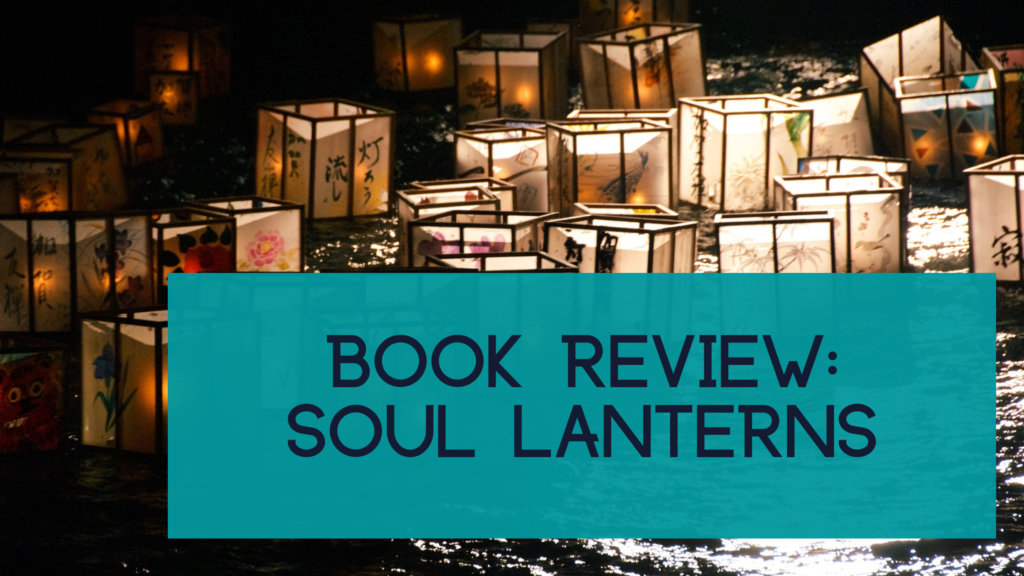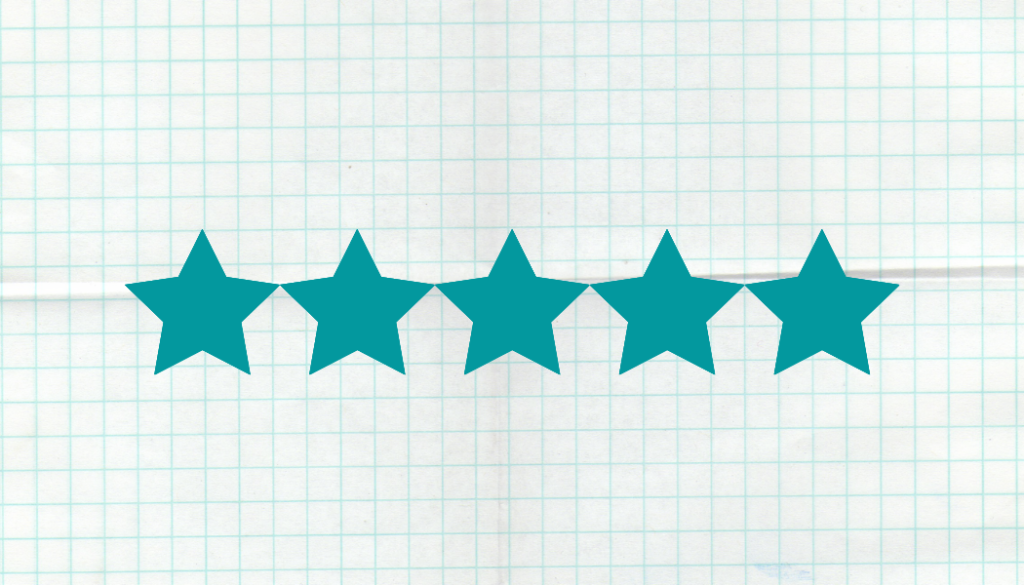
Soul Lanterns
By Shaw Kuzi
Genre: Historical
Fiction Target Audience: Middle Grade
Format: Library Hard copy
“Sometimes even to live is an act of courage.”
Lucius Annaeus Seneca
Nozomi is a twelve year old girl who lives in Hiroshima, Japan with her brother, mom, dad, and grandmother. The book takes place about 25 years after the bombing of Hiroshima. During the annual floating lantern ceremony Nozomi finds herself questioning something about her family and a peculiar experience with someone. This is only the beginning of what is waiting to be unraveled.
This book was translated from Japanese to English but it felt not like a translation if this makes sense.
Why I did I pick this book?
Japan and WWII were part of my childhood but not first hand. I grew up in Hawaii and in my childhood I was taught about our islands’ history. This is one of the big moments. Japanese culture is one of many cultures infused in Hawaii and part of my inner circles. I have seen Pearl Harbor several times and found it moving to say the least. In general children must learn about the state’s history which I am going to make the assumption like in other states in the US. My maternal grandparents’ history is tied to that period but that is for another topic.
So I have always felt connected to this time which is why my favorite historical fiction period is around WWII.
I wanted to read a story about those who survived the bombing of Hiroshima and their descendants. I enjoy reading middle grade novels and often want to read books to offer suggestions to children like my own when I can. I think it’s important for myself to see the face of history and not just the facts.
What did I like?
I enjoyed the third person perspective into Nozomi and those around her. It made the book come alive. I enjoyed how the author included a few letters and poetry. There is an element of art throughout the book but it’s not just in the physical. I felt like I was right there with Nozomi experiencing their own discoveries about their families and community. I am inspired by the response that would follow.
I enjoyed the multi-generational story line. This is one of things I enjoy in books. I enjoy books that weave the experiences of generations in and out. Grief, loss, healing, and love saturated this book.
What did I dislike or not care for?
This was a great book for me. I wish it was longer and had more families but this is not a negative point by the author. I just didn’t really want it to end.
What surprised me?
I did not realize that the book would have multiple perspectives from Nozomi’s classmates to those in the community. I was surprised about what I did not know afterwards and I cannot say I did not cry while reading this book. However, crying is not the only indication that the book shows us a part of humanity. I don’t want others to think crying is expected.
Overall
Okay. The more I learn about what I am truly looking for in a book the easier it is for me to find great books. This book was captivating from the beginning. The pacing reminded me of a river unraveling things naturally and with good timing. I am not a big re-reader of books. I know there will be some eyebrows raised in the book community. As of right now I only re-read books I loved. This is one of those books.
Who is this book for?
If you or a child/teen likes middle grade historical fiction books about family, art and friendship this book may be for you. This book also touches on the topic of grief, loss, and power of healing through art, storytelling, and caring for others.
If you are not familiar with this part of history I still think you would enjoy and understand the book.
Who is this book not for?
Let me be honest here. The topic of the bombing of Hiroshima is very important and horrific.
Hiroshima itself changed so much from this tragedy. There are still ripples felt by families today. It was made clear in the book many who survived did not feel like they were able to live on. This gave faces to stories untold and may never be proven to exist.
I don’t want you to think this was just a depressing story. Hope, love, and the power of forgiveness is evident -it held me through the book.
One reviewer gave a low score due to it not being more filled with facts. I am not sure if this person was not expecting a historical fiction book but that is what it is. I personally wanted to see and hear the people. However, I do expect authors to be accurate as much as possible. I did a superficial fact check and did some of the numbers from the book from other sources. I also think people are too quick to discredit anything with one perceived or actual detail. I do not see how everything needs to have an initial reactionary response to let it go but I digress.
Another issue with readers is the content of the imagery of what happened to many of the residents. Now I would not put this in the hands of a child who is not emotionally ready or has the support to read this novel. Please note I strongly believe that novels with hard topics can be experienced by young readers when supported by an adult ready to do so. There will be questions from this book that young readers may have. However, I do not recommend this for elementary age children in general.
Yes, I do think adults should read middle grade – which is just the target age and not a genre. If you have doubts please see “The Reading Life” by C.S. Lewis. He makes one of the best reasons for children’s literature to be enjoyed as adults. Just try it if you have not already.
Book Rating

Is this another book that comes to mind after reading this review?
Let me know if you plan to read this book or what you thought if you did.
Leave a Reply